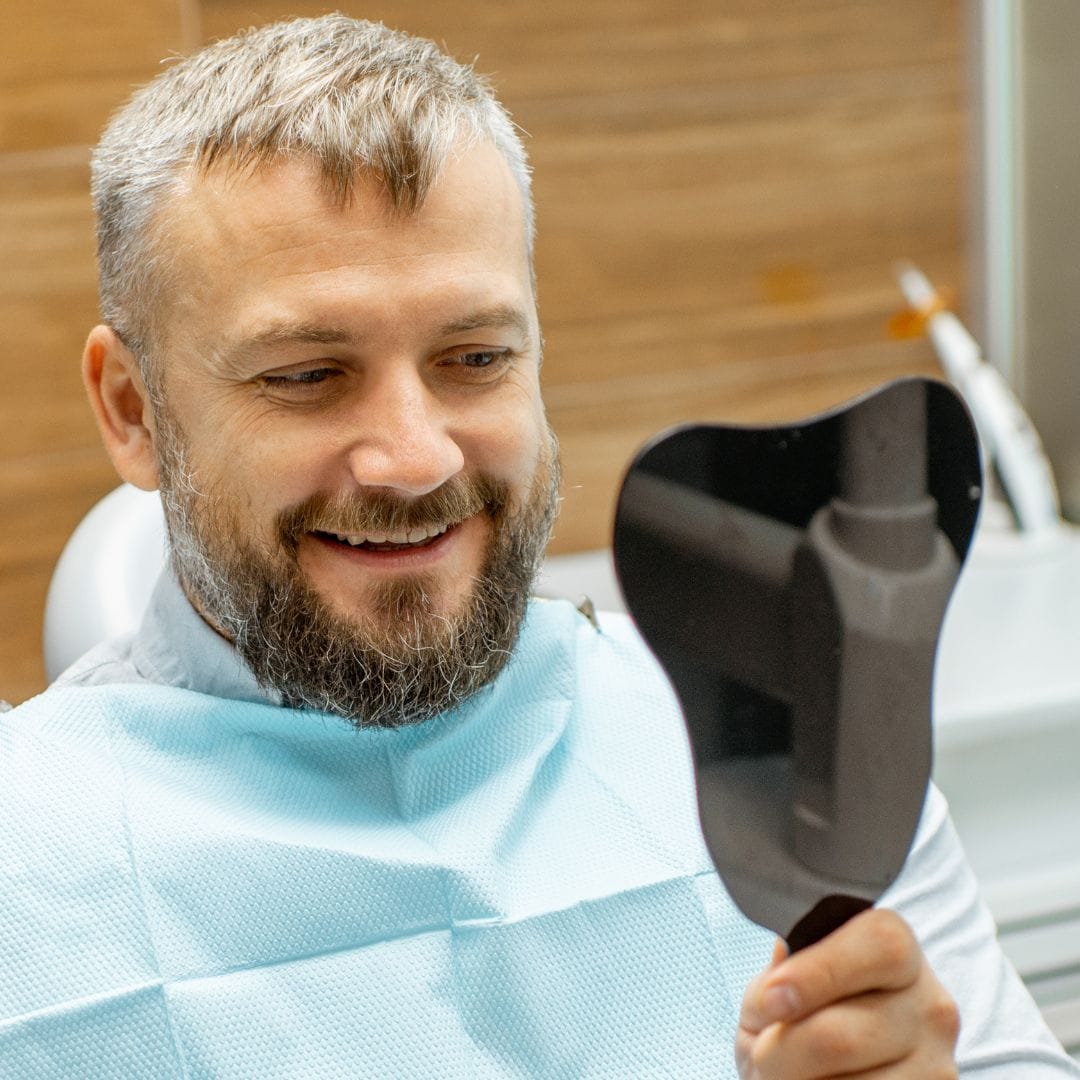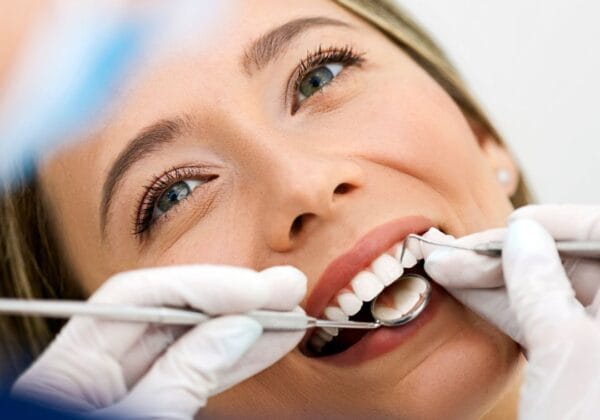A Guide to Dental Emergencies
Dental emergencies can occur without warning, leaving you in pain and unsure of what steps to take. Being prepared and knowing how to handle these situations can save your teeth and prevent further complications. Below, we’ll cover common dental emergencies and the best practices to address them.
1. Knocked-Out Tooth
Losing a tooth can be a traumatic experience, but acting quickly increases the chances of saving it. First, pick up the tooth by the crown (the part visible above the gumline) and avoid touching the root. Gently rinse the tooth with water, but don’t scrub it or remove any tissue fragments. If possible, place the tooth back in its socket and hold it there while heading to the dentist. If reinsertion isn’t possible, store the tooth in a container of milk or saliva until you can get professional care.
2. Severe Toothache
A toothache can range from mild discomfort to intense pain, often caused by cavities, infections, or gum issues. Start by rinsing your mouth with warm saltwater to reduce inflammation. Use dental floss to ensure no food particles are lodged between your teeth. Over-the-counter pain relievers can help, but avoid placing aspirin directly on the tooth or gums, as this can cause chemical burns. If the pain persists, see a dentist immediately to address the root cause.
3. Broken or Cracked Tooth
A cracked or fractured tooth requires prompt attention to prevent further damage or infection. Rinse your mouth with warm water and use a cold compress on the outside of your cheek to reduce swelling. Avoid chewing on the affected side and see your dentist as soon as possible. Temporary dental cement, available at most pharmacies, can be used to cover sharp edges and protect the tooth until your appointment.
4. Lost Filling or Crown
Losing a filling or crown can expose sensitive areas of your tooth, causing discomfort. Retrieve the crown if possible and keep it safe. You can use dental cement or sugar-free gum to cover the exposed area temporarily. Avoid eating sticky or hard foods until your dentist can replace the crown or filling.
5. Abscess
An abscess is a serious infection that appears as a swollen, painful bump on the gums. It may be accompanied by fever, a bad taste in the mouth, or swollen lymph nodes. Rinse with warm saltwater several times a day to alleviate discomfort, but don’t ignore the problem—contact your dentist immediately. Left untreated, an abscess can spread the infection to other parts of your body.
6. Object Stuck Between Teeth
Food or debris stuck between teeth can cause irritation and even lead to gum infection if not removed. Use dental floss carefully to dislodge the object. Avoid using sharp items like toothpicks or pins, as these can damage your gums or enamel.
7. Soft Tissue Injuries
Cuts or injuries to your tongue, cheeks, or lips can bleed significantly. Rinse with warm water and apply pressure with a clean cloth or gauze to stop the bleeding. If the bleeding doesn’t subside after 10-15 minutes, seek medical or dental attention.
8. Loose Tooth
A loose adult tooth can result from trauma or gum disease. Avoid touching or wiggling the tooth and schedule an appointment with your dentist promptly. They may splint the tooth to adjacent teeth for stability or recommend other treatments based on the cause.
When to Seek Emergency Care
If you’re unsure whether your situation qualifies as an emergency, consider these factors:
- Severe pain that doesn’t subside
- Uncontrolled bleeding
- Signs of infection, such as swelling or fever
- Damage to the tooth or soft tissues that affects normal function
Pro Tip: Keep a dental emergency kit at home with essentials like dental cement, floss, and over-the-counter pain relievers. Knowing how to respond in an emergency can save valuable time and prevent further complications.



